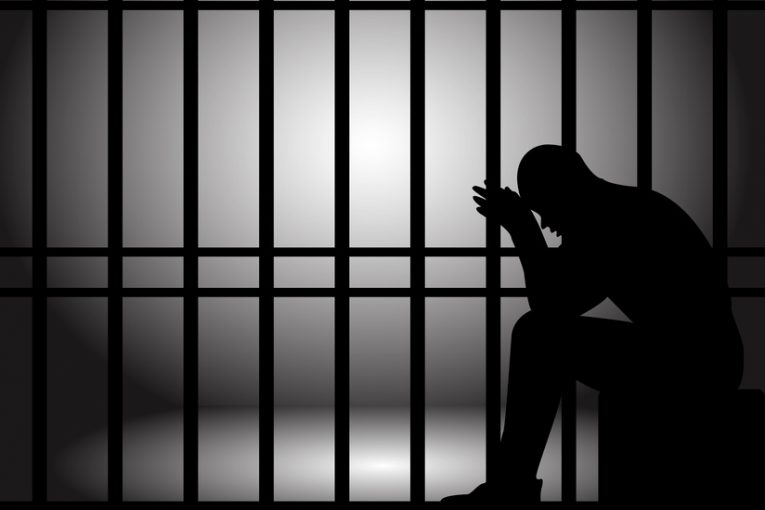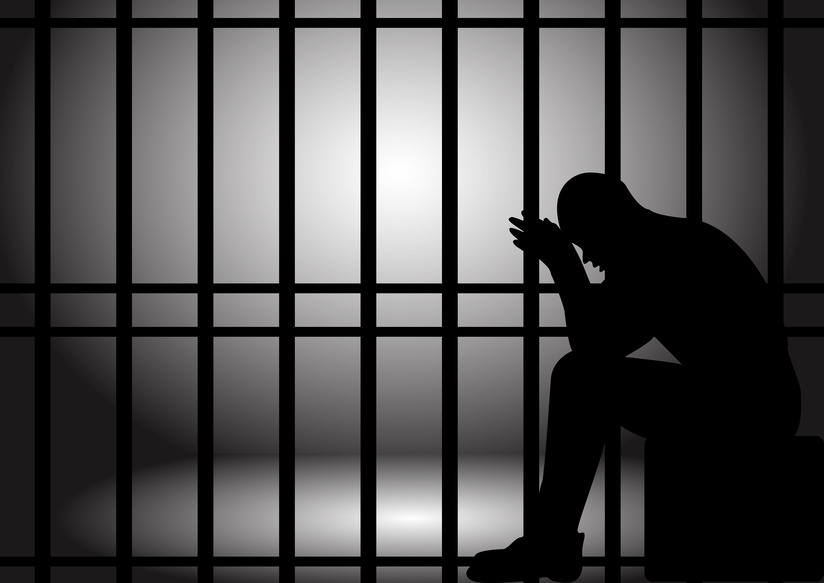


by Mark Daigre
During the 1980s, the state of California — in an effort to improve mental health care and save money — closed a number of state-run mental health facilities. The stated goal was to house institutionalized people in community based care in the places where they lived prior to being committed. But it didn’t work out that way.
From 1990 to 2010, the lack of adequate mental health care in California became apparent. County jails filled with those in crisis, and those with chronic organic psychological diseases were criminalized, not treated. At one point, the Los Angeles County Jail reported itself to be the largest provider of mental health care in the country. Many since have come to prison due to the lack of effective community based mental health care. This created exponential growth in the need for mental health care within the prison system for which the California Department of Corrections and  Rehabilitation (CDCR) is responsible.
Rehabilitation (CDCR) is responsible.
After numerous legal challenges, the CDCR instituted the Mental Health Services Delivery System (MHSDS) with three levels of care:
1) The Correctional Clinical Case Management System (CCCMS) is the lowest level of outpatient care.
2) The Enhanced Outpatient Program (EOP) is the mid-level of outpatient care.
3) Mental Health Crisis Bed (MHCB) is the highest level of care.
In addition, the CDCR utilizes state mental hospitals when high-level, long-term psychiatric care is necessary.
According to several mental health professionals within the CDCR (who preferred to remain unnamed as they were not authorized to speak on the record for the CDCR), staffing levels in all mental health care programs at California prisons fall below 50 percent. This lack of staff is due to low pay (see graph)*, safety concerns, and the inherent stress of treating violent felons who are mentally ill. Moreover, the COVID-19 pandemic did not help the situation, for mental health professionals have left the field in droves. This has created a situation where there are not enough of them available for he general public, much less for those in jails and prisons.
The Legislative Analyst’s Office (LAO) indicates that within the 2023-2024 budget proposed by Gov. Gavin Newsom, $14.5 billion is designated for the CDCR. This money is for a prison population expected to be 93,400, with another 41,300 on parole, at an annual cost for each prisoner/parolee of $98,639. Most is for security staffing, but how much is designated for mental health services is unclear. Yet, the mental health of prisoners and parolees is directly related to reintegration and recidivism.
Effective mental health services both in and out of prison can increase successful reintegration to society, thereby decreasing the number of those who recidivate. It seems to make sense that taxpayer dollars should be spent in areas and programs that keep the public safe, both by preventing crime as well as ensuring the incarcerated have access to tools and programs necessary to live crime-free lives after prison.
The bottom line? The mental health crisis in California is real and it affects the overall safety of our society.
Mark Daigre is incarcerated at Mule Creek State Prison
AVERAGE CALIFORNIA MENTAL HEALTH WORKER PAY SCALES (2022) (with advanced degrees)
Licensed Clinical Social Worker
CDCR=$94,481 (77% above national average)
Kaiser Permanente=$97,448 (82% above)
Sutter Health=$92,197 (35% above)
Blue Cross Blue Shield=$72,029 (35% above)
Clinical Psychologist
CDCR=$89,139
Kaiser=$149,548
Sutter=$95,794
AVERAGE CALIFORNIA MENTAL HEALTH WORKER PAY SCALES (2022) (with bachelor degree only)
Mental Health Administrator=$51,565 (per ZIP Recruiter)
Board Certified Behavioral Analyst=$86,000 (per Indeed.com) and $67,000 to $82,000 (per Salary.com)
General Mental Health Field=$57,800 (per ZIP Recruiter)






The author says: Effective mental health services both in and out of prison can increase successful reintegration to society, thereby decreasing the number of those who recidivate. It seems to make sense that taxpayer dollars should be spent in areas and programs that keep the public safe, both by preventing crime as well as ensuring the incarcerated have access to tools and programs necessary to live crime-free lives after prison.”
He is absolutely correct. And there IS a crisis in CDCR’s mental health staffing. His figures for the vacancy rates (which he attributes to unnamed mental health staff) are too low, but not by much. A recent Coleman court order notes that “the vacancy rate among psychiatrists is fifteen percent, the vacancy rate among psychologists is thirty-one percent, the vacancy rate among social workers is twenty-five percent, the vacancy rate among recreation therapists is nine percent, and the vacancy rate among medical assistants is twenty-nine percent.” In addition, although the salary ranges for psychologists and social workers remain unchanged for over a decade and are low by community standards, the starting salary for a licensed psychologist in CDCR is over $125,000 and for licensed social workers, almost $100,000.
Some prisons have stopped seeing patients weekly and can now only see them biweekly. One institution I know of has stopped scheduling regular appointments with mental health patients and only sees them in emergencies. The difficult working conditions and the pandemic have conspired to put CDCR’s mental health patients in more trouble than they are already in.